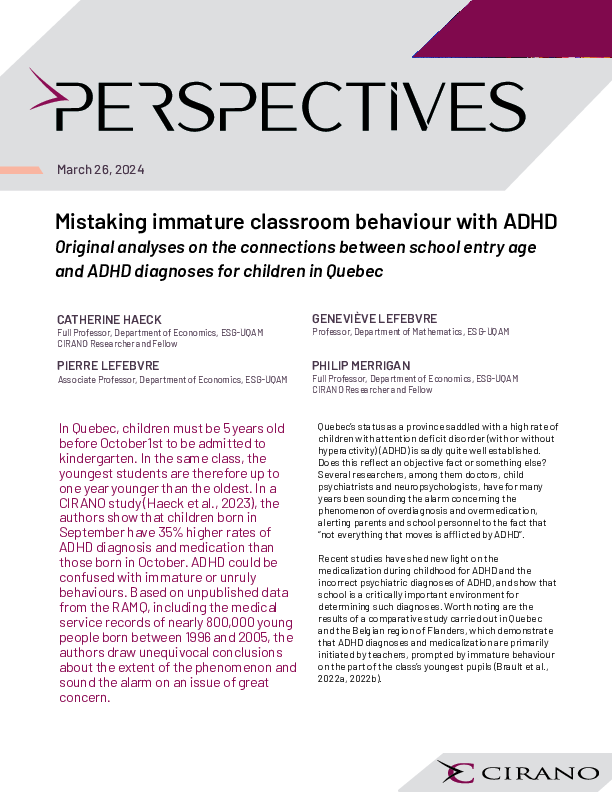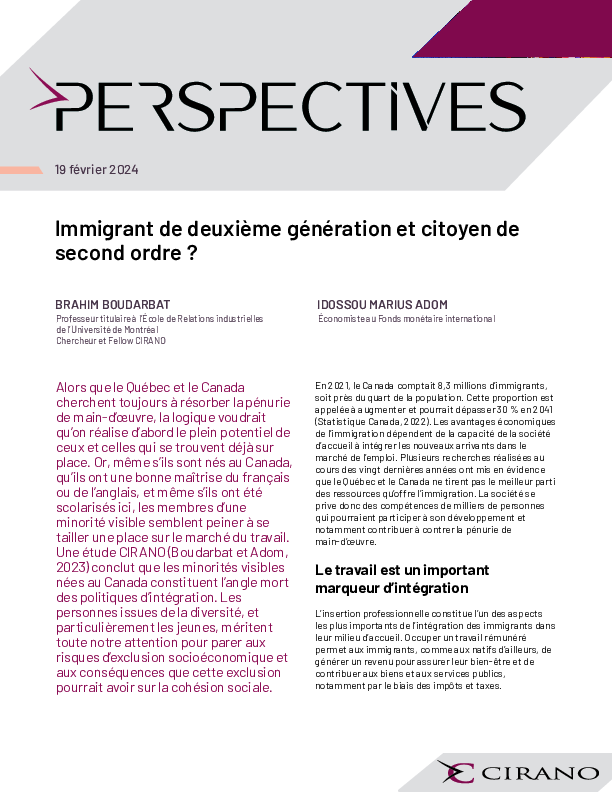Replacement rates of public pensions in Canada: heterogeneity across socio-economic status
When individuals decide to retire from the labour force, different sources of income can help to maintain consumption and welfare. One of those is public pensions. Their importance as an income source varies greatly according to socio-economic status (SES). This paper analyzes how replacement rates (RR) of public pensions (OAS and GIS) and mandatory public pension benefits (C/QPP) vary across SES by using the Longitudinal and International Study of Adults dataset (LISA). Using the longitudinal nature of this survey, we compute and compare average RRs by SES. We specifically consider the role of education and health, and we study how living arrangements can explain RRs variations. To give an idea the average RR of public pensions for individuals in bad health is 32%, while it is 21% for those who report being in good health. Including public pensions and C/QPP benefits, these numbers become 54% for those in bad health and 41% for those in good health. When estimating a multivariate regression model and controlling for past income, we find for couples, that past income does not eliminate differences in replacement ratio by individuals’ characteristics. We argue that assortative mating plays a role in explaining the variation of replacement rates across individuals’ characteristics.




